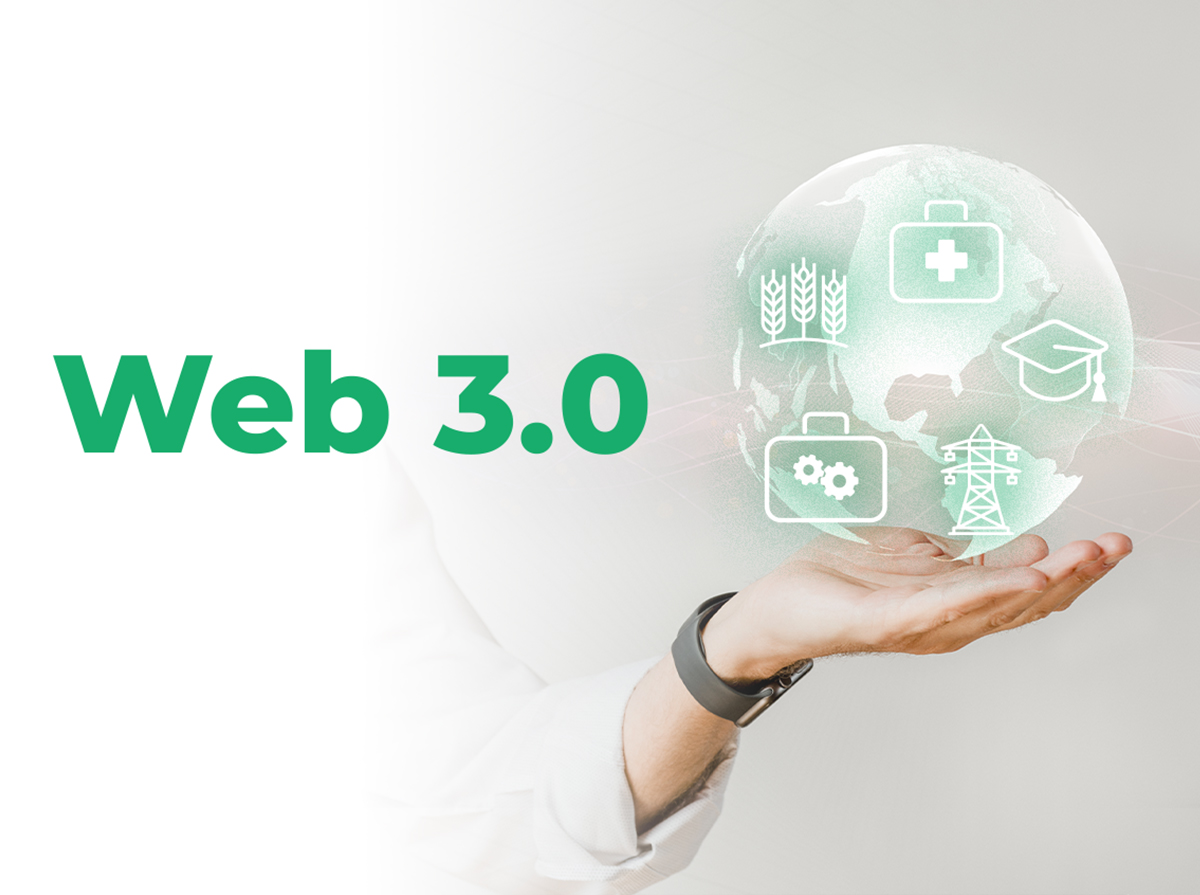
Web 3.0: next frontier for e-government services development
March 17th, 2023 Posted by Kimberly Tilar Publications 0 thoughts on “Web 3.0: next frontier for e-government services development”
Editor’s Note: This is an excerpt of an article authored by Islam Salahuddin, a Business Research Analyst at The KPI Institute. Originally featured in the 24th printed edition of PERFORMANCE Magazine, the article delves into the concept of Web 3.0 and its relevance to the online presence of government services.
The third generation of the World Wide Web (WWW or Web 3.0) is the next frontier for e-government services to excel. Since it is still an under-formulation concept, it has no rigid definition so far. However, some of its main features have been more and more clear, especially since it has been steering debates on its applications and implications.
To understand the general concept behind Web 3.0 and what it serves for the online presence of government services, going through the WWW evolution history is necessary.
The web at its basis is a system of sharing documents between computers and servers, connected in a network that we cumulatively call the internet. This is according to W3 Consortium, the organization that is led by Tim-Berners Lee, the inventor of the web, with little paraphrasing for the sake of simplification.
This system has evolved since it was first introduced in the early 1990s. Evolution does not happen with a switch, meaning there is no one company for instance that will introduce the technology to the world. Rather, each generation of the web emerges first as a group of concepts that develop through technologies and get widely adopted over time, eventually changing the way the web functions.
Web 3.0 for example, being not the “mainstream” web yet, is just a term to differentiate the envisioned web reality that the new concepts and technologies will lead to in the future, from concepts and technologies shaping the web functionality in the present and the past. The very first version of the web (Web 1.0) offered only static pages linked together in a “web” through hyperlinks. It is a version of one-way communication from publishers to readers.
Governments have recognized the potential of using the internet to publish information that their citizens need, mostly in order to aid their access to the brick-and-mortar services such as administrative and legal services. Consequentially called Government 1.0, e-government services in this phase have included only pushing information on regulations and procedures, and announcing statements and public holiday schedules for instance.
With technologies evolving, two-way communication on the web has become possible. This is the main feature of Web 2.0 that offers the possibility of user-generated content and interactivity. Therefore, it has opened the gate for the rise of social media and personalized web experiences. Web 2.0 is the version of the internet that everyone knows today.
E-government services have evolved to Government 2.0, with the ability to use the internet not just to aid offline public services, but to offer parallel online transactional ones. With the United Kingdom launching gov.uk and Norway launching norge.no, governments have been able to get their citizens to apply for certificates and licenses, register properties, submit taxes, and pay fines and bills, all through the internet. Web 2.0 also has given governments the chance to engage with citizens in online discussions, including how to enhance digital services.
To know more about Web 3.0 has to offer and how the government can prepare for it, read the full article in the latest edition of PERFORMANCE Magazine. The 24th PERFORMANCE Magazine – Printed Edition offers detailed analyses and valuable insights on the performance of the public sector amidst the post-pandemic environment. Grab your copy in the TKI Marketplace now!
